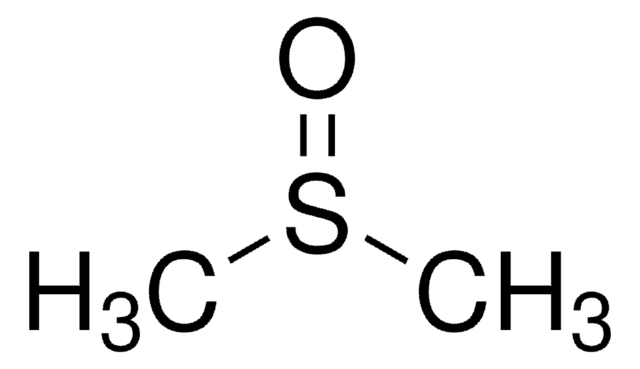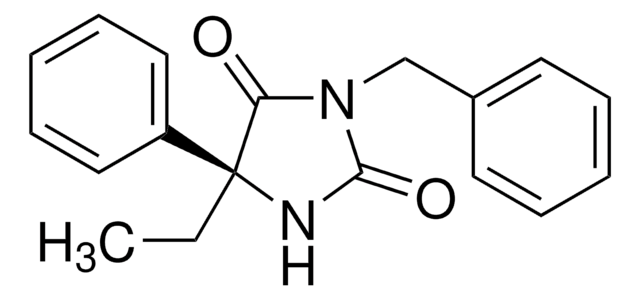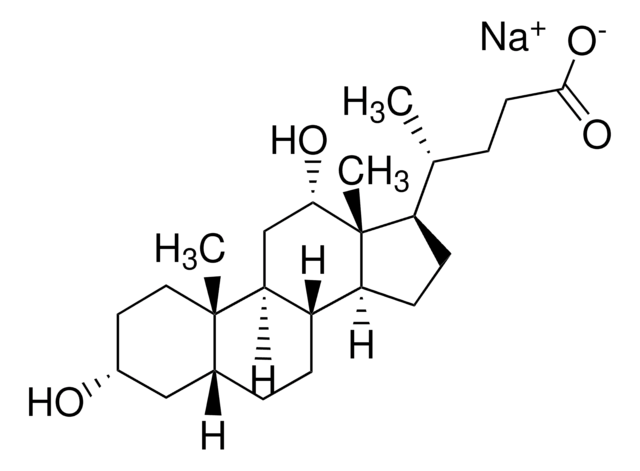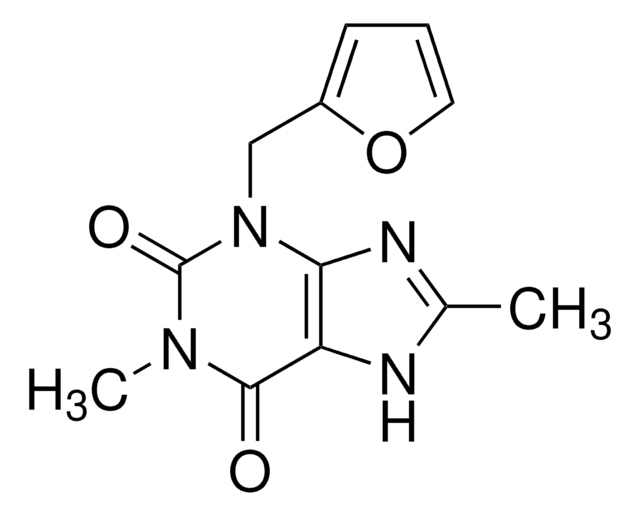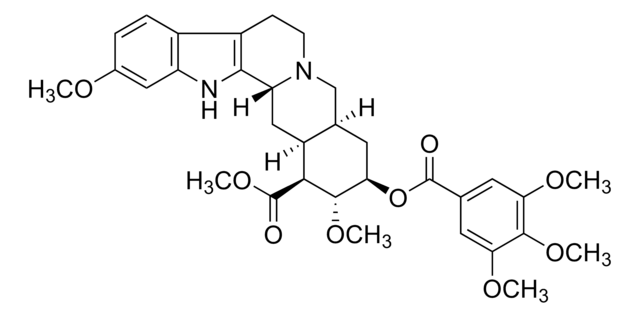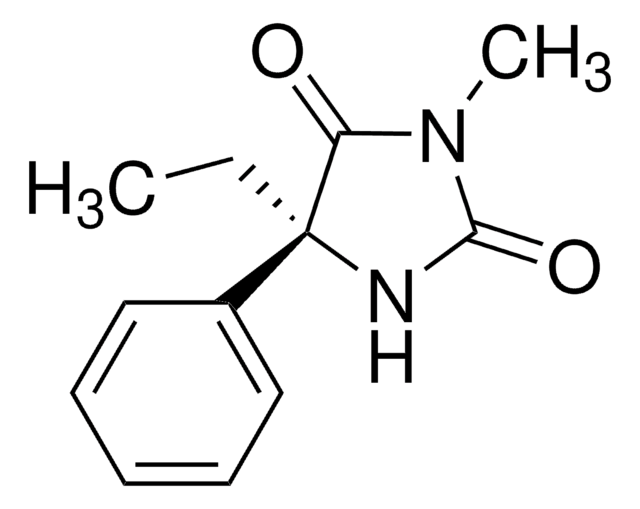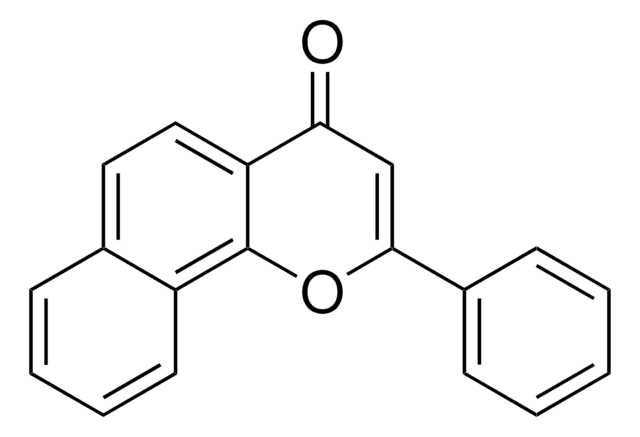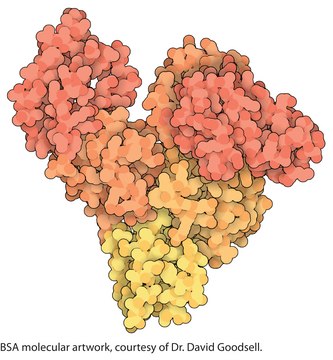C8772
Cholera filtrate
lyophilized powder, bacterial sialidase receptor-destroying enzyme (RDE)
Synonym(s):
Cholera Filter
Sign Into View Organizational & Contract Pricing
All Photos(1)
About This Item
UNSPSC Code:
12352200
NACRES:
NA.77
Recommended Products
Product Name
Cholera filtrate, lyophilized powder
form
lyophilized powder
Quality Level
storage temp.
2-8°C
General description
Cholera filtrate promotes the activation of adenylate cyclase. It does not affect the activity of cyclic adenosine monophosphate (cAMP) phosphodiesterase.
Application
Cholerafiltrate has been used as a receptor destroying enzyme (RDE): inhemagglutination inhibition assay of serum samples, in microneutralizationassay of mice serum samples, in hemagglutination inhibition assay to removenon-specific inhibitors from the cell culture supernatant samples
Biochem/physiol Actions
Cholera filtrate is a bacterial sialidase receptor-destroying enzyme (RDE) and may be used as crude neuraminidase. It may also be used in serological testing for influenza.
Reconstitution
After reconstituting with 5ml sterile water, it will contain 0.01% MIT as preservative.
Other Notes
See a separate listing of neuraminidase for preparations showing higher activity.
For research use only. Not for use in diagnostic procedures.
Signal Word
Warning
Hazard Statements
Precautionary Statements
Hazard Classifications
Skin Sens. 1
Storage Class Code
13 - Non Combustible Solids
WGK
WGK 3
Flash Point(F)
Not applicable
Flash Point(C)
Not applicable
Regulatory Information
高风险级别生物产品--病毒,疫苗等
Choose from one of the most recent versions:
Certificates of Analysis (COA)
Lot/Batch Number
Don't see the Right Version?
If you require a particular version, you can look up a specific certificate by the Lot or Batch number.
Already Own This Product?
Find documentation for the products that you have recently purchased in the Document Library.
Applying valency-based immuno-selection to generate broadly cross-reactive antibodies against influenza hemagglutinins
Daniela M, et al.
Nature Communications (2024)
A Riccomi et al.
Vaccines, 12(4) (2024-04-27)
A number of studies have suggested that influenza vaccination can provide protection against COVID-19, but the underlying mechanisms that could explain this association are still unclear. In this study, the effect of the 2021/2022 seasonal influenza vaccination on the immune
Nehemya Friedman et al.
Oncotarget, 8(20), 32856-32863 (2017-04-19)
The last influenza pandemic, caused by the swine A(H1N1)pdm09 influenza virus, began in North America at 2009. Since then, the World Health Organization (WHO) recommended integration of the swine-based virus A/California/07/2009 strain in yearly vaccinations. Yet, infections with A(H1N1)pdm09 have
Maria Zimmermann et al.
Frontiers in immunology, 10, 829-829 (2019-05-02)
Determining antigen specificity is vital for understanding B cell biology and for producing human monoclonal antibodies. We describe here a powerful method for identifying B cells that recognize membrane antigens expressed on cells. The technique depends on two characteristics of
Ilana Fox-Fisher et al.
eLife, 10 (2021-11-30)
Blood cell counts often fail to report on immune processes occurring in remote tissues. Here, we use immune cell type-specific methylation patterns in circulating cell-free DNA (cfDNA) for studying human immune cell dynamics. We characterized cfDNA released from specific immune
Our team of scientists has experience in all areas of research including Life Science, Material Science, Chemical Synthesis, Chromatography, Analytical and many others.
Contact Technical Service